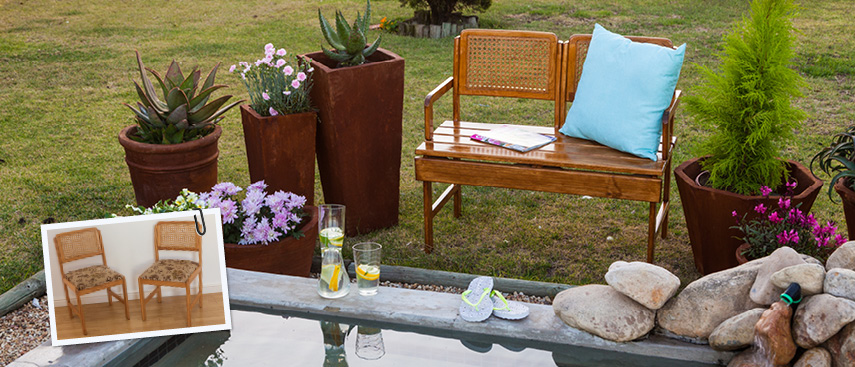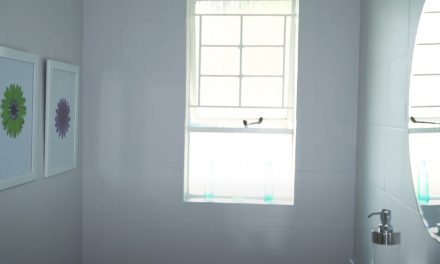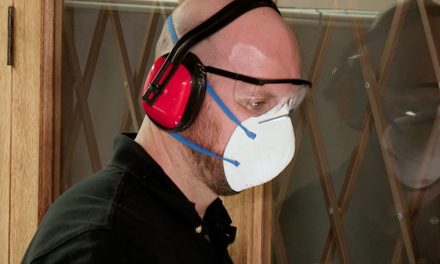Two outdated chairs get a new lease on life when transformed into a love seat.
- Two to three pine planks (we used 22 x 94x 2400mm)
- Eureka cut screws (5 x 50mm)
- Drill and bit
- Countersink bit
- G-file clamps
- Wood glue
- Sander
- 120-grit sandpaper
- Alcolin wood filler
- Router with rounding-over bit
- Fired Earth Velvet Wood gloss varnish – Imbuia
- 25mm paintbrush
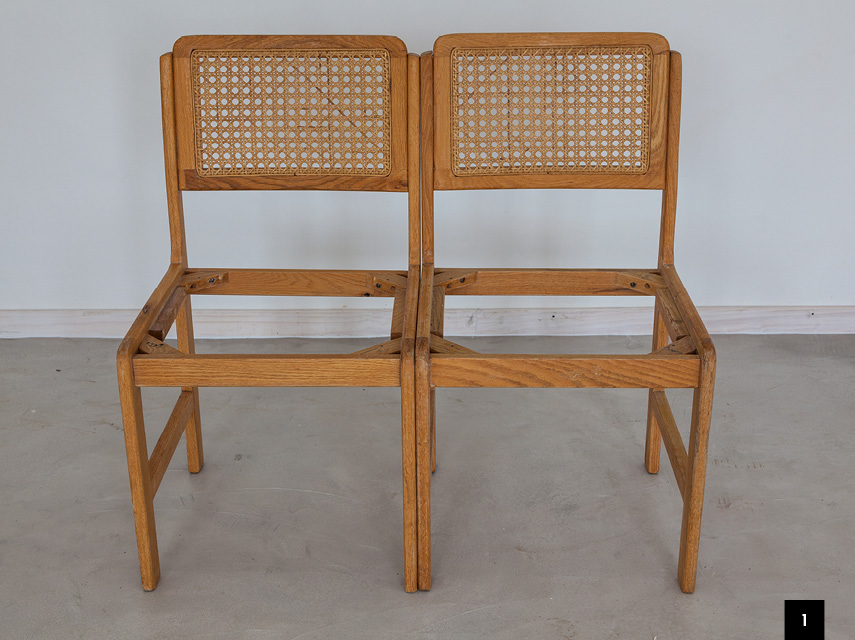
Step 1
Remove the seat or cushions and lightly sand the chair frame with 120-grit paper to key the surface.
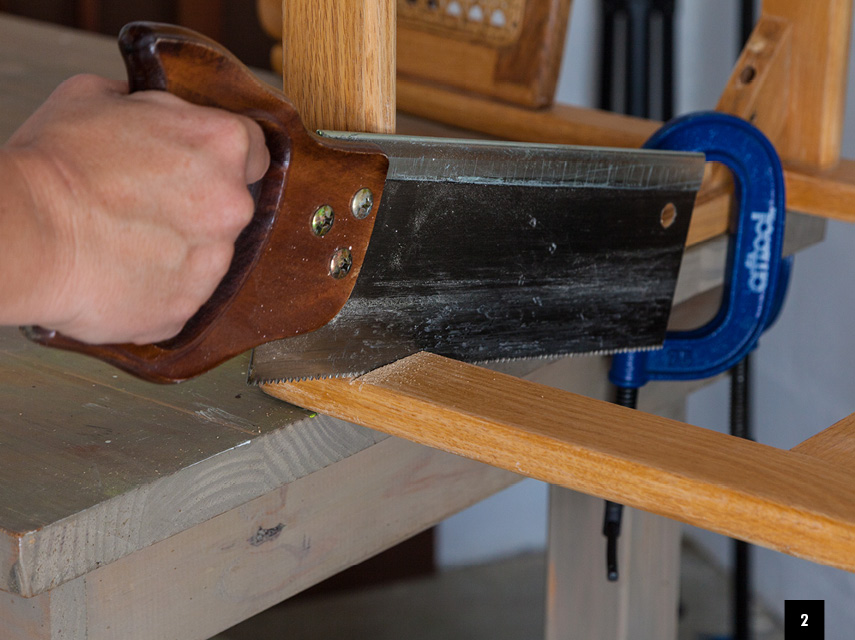
Step 2
Saw off the legs that will form the middle of the bench. Make sure you’re chopping off the correct legs as this is not a reversible operation.
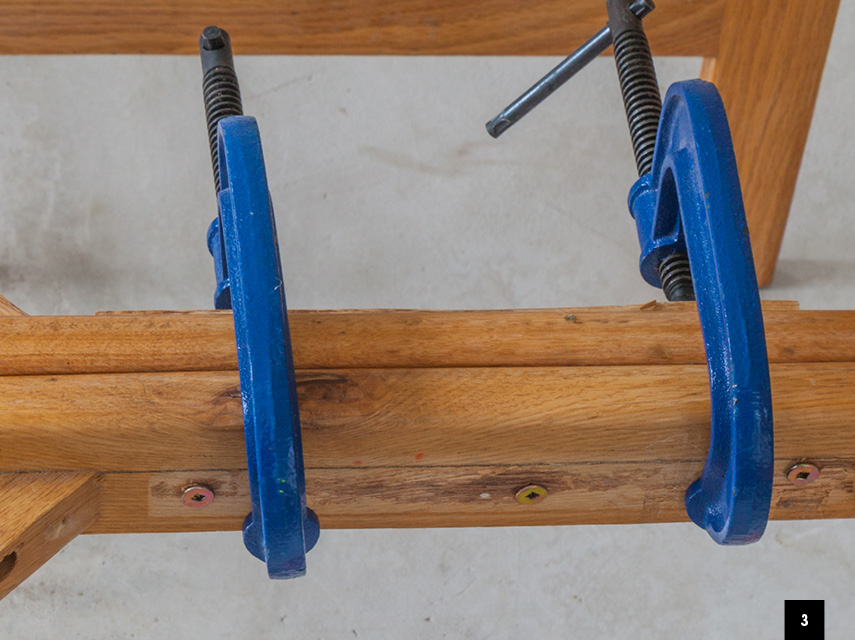
Step 3
To connect the two chairs, glue and screw adjoining seats and, if you can, the adjoining backrest uprights. Clamp and leave overnight for the strongest bond.
Top tip: Always drill pilot holes if your wood is harder than pine.
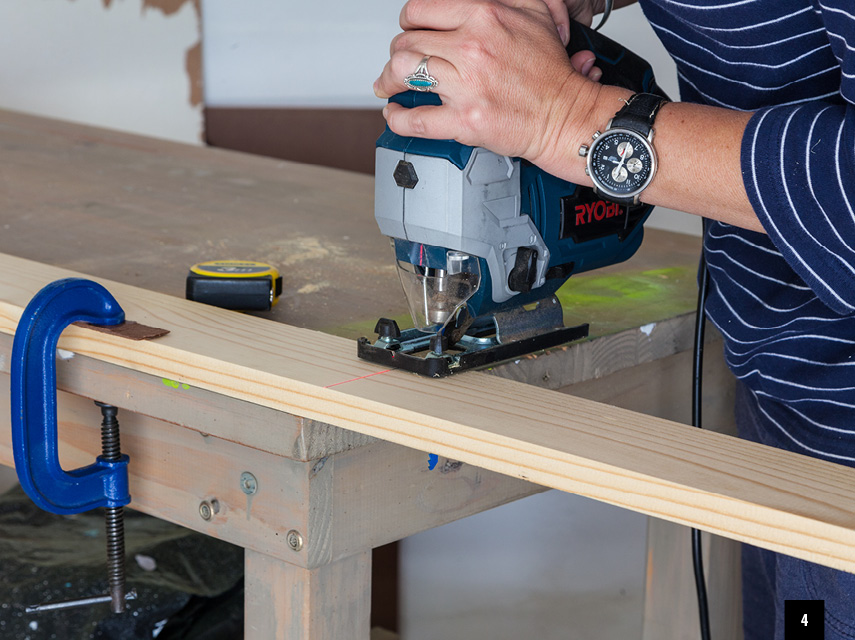
Step 4
Measure the length of the pine planks, allowing for about two centimetres overhang on either side of the bench. A circular saw is best for the job, but if you’re straight with a jigsaw, that will also work.
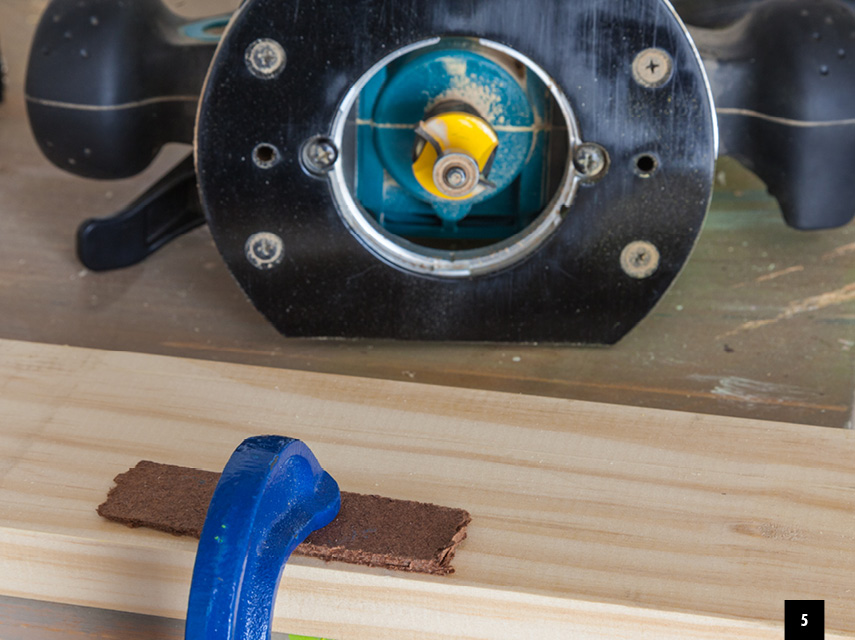
Step 5
Router the upper edges of the seat planks using a roundingover bit to remove sharp edges and give a neat finish.
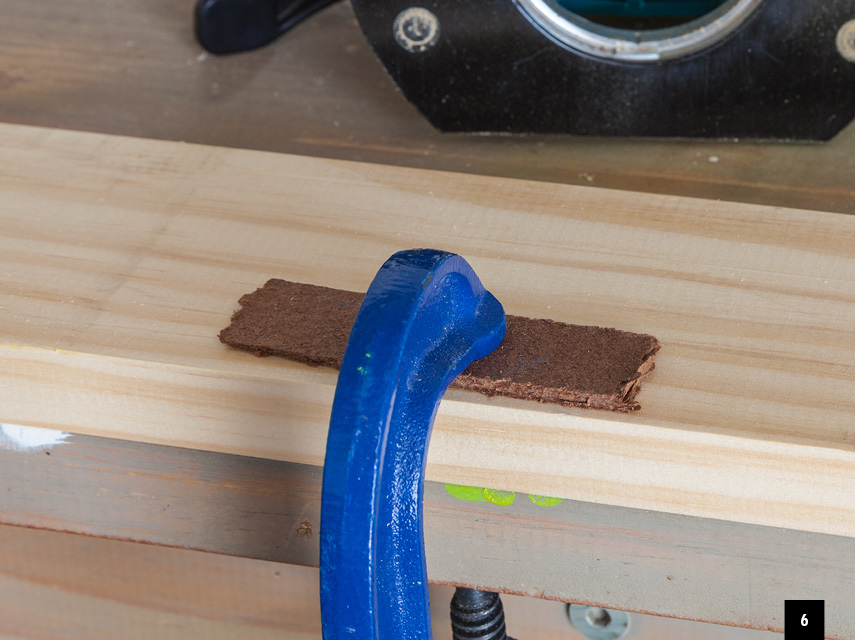
Step 6
Measure carefully to ensure the spaces between the planks are even, then drill the screw holes and countersink indents. Glue and screw all the seat planks in place.
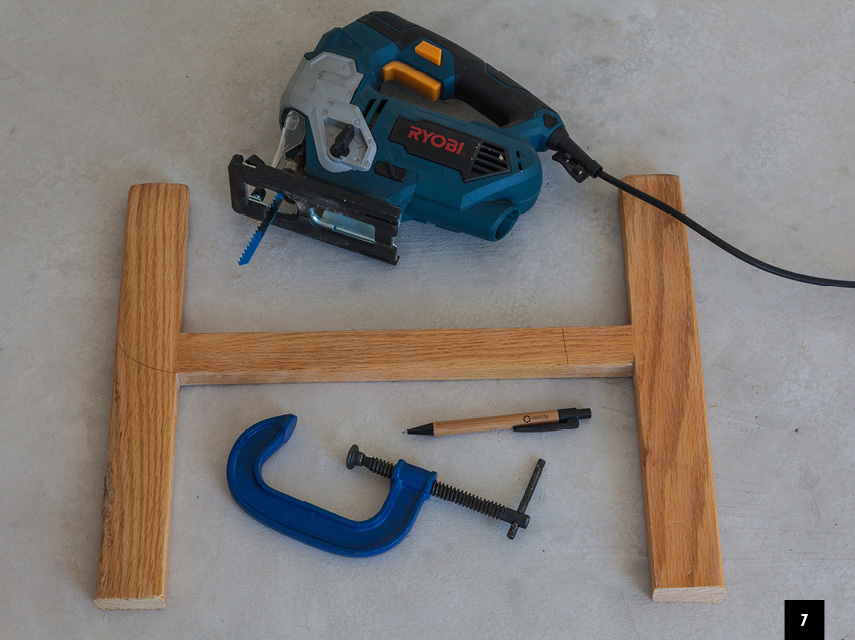
Step 7
The designs of some chairs will allow for armrests to be made out of the off-cut legs. In this case we marked up a nice rounded edge to match the design of the chair. The bench can look just as lovely without armrests.
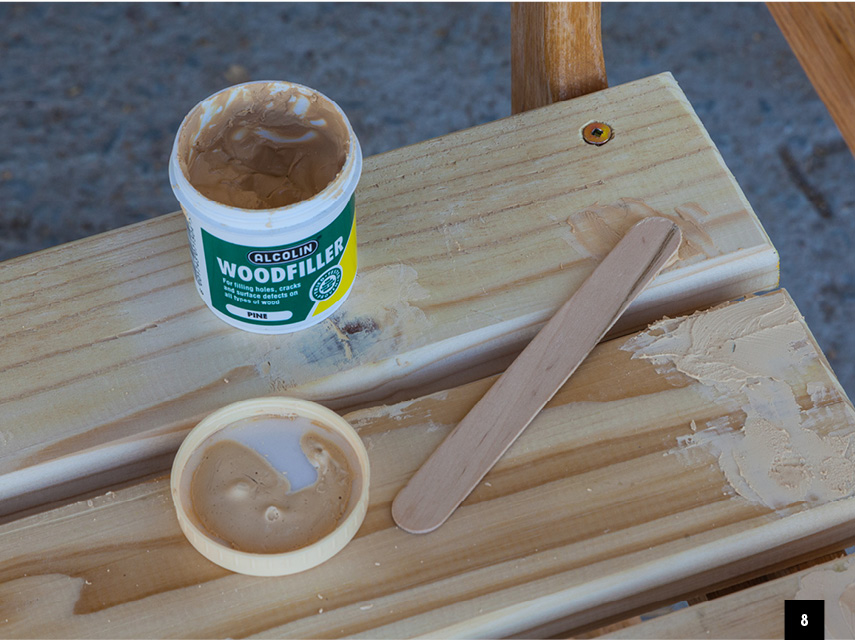
Step 8
Fill the screw holes with wood filler and allow to dry, then sand off the excess. Give all the seat planks a good sanding at this point to smooth out any rough bits.
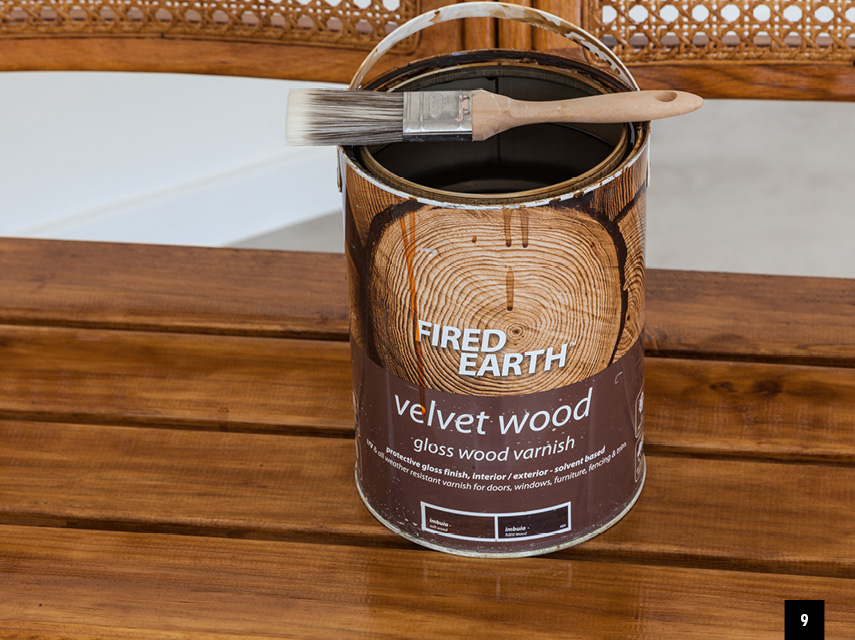
Step 9
Finish off the entire project with two to three coats of Fired Earth Velvet Wood gloss varnish. We chose Imbuia to darken the pine and varnished both the old oak and pine in the same colour to ensure they matched.
Top tip: Have a look at the colour swatches on the paint tin – the final colour of light wood will differ from that of dark wood.

